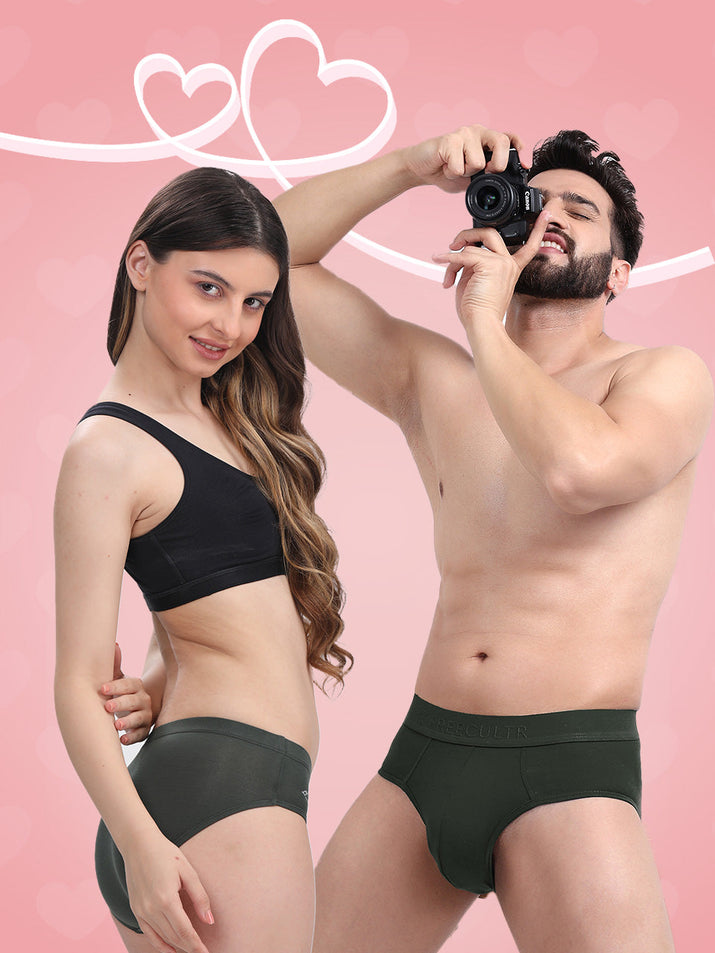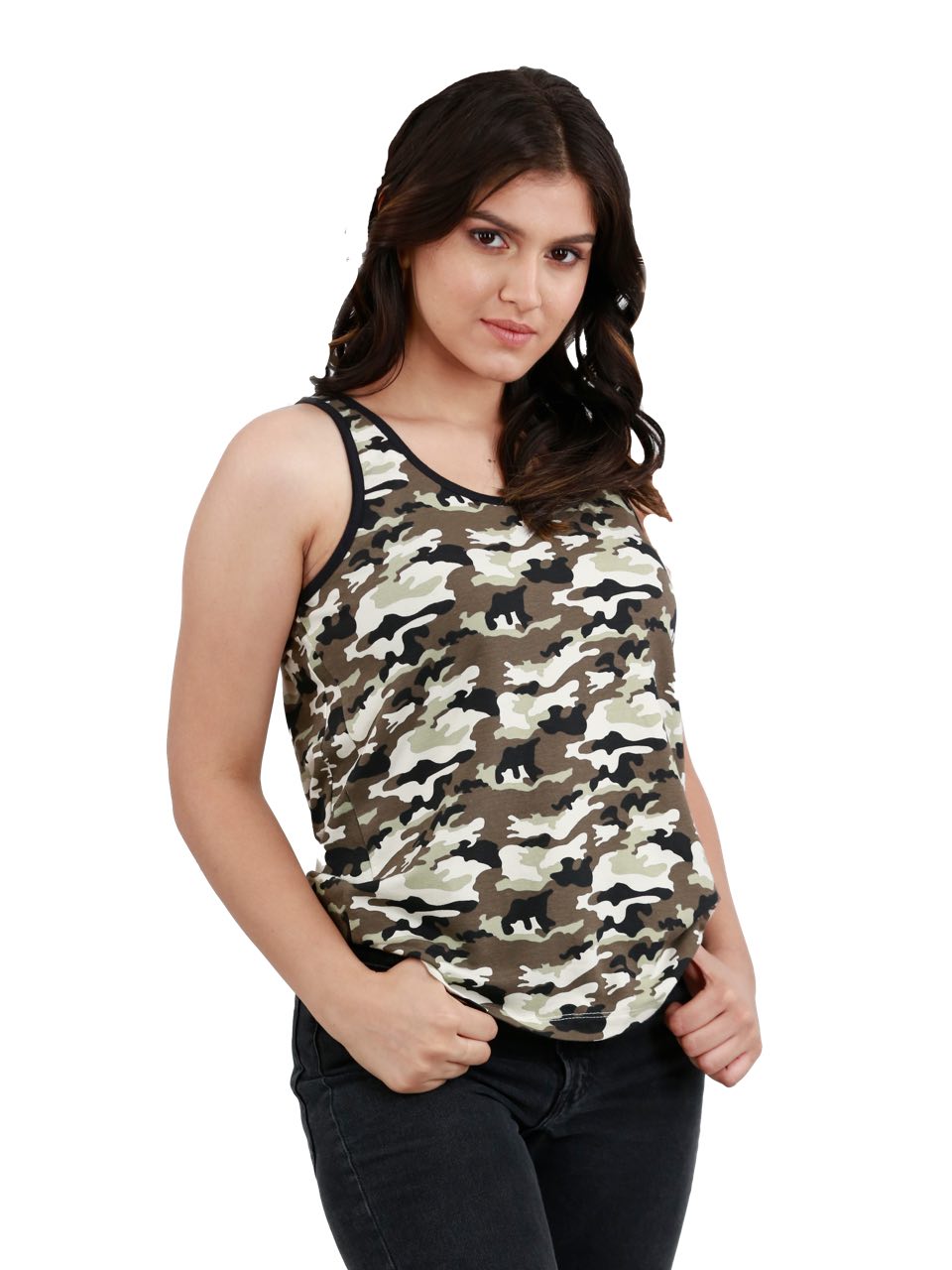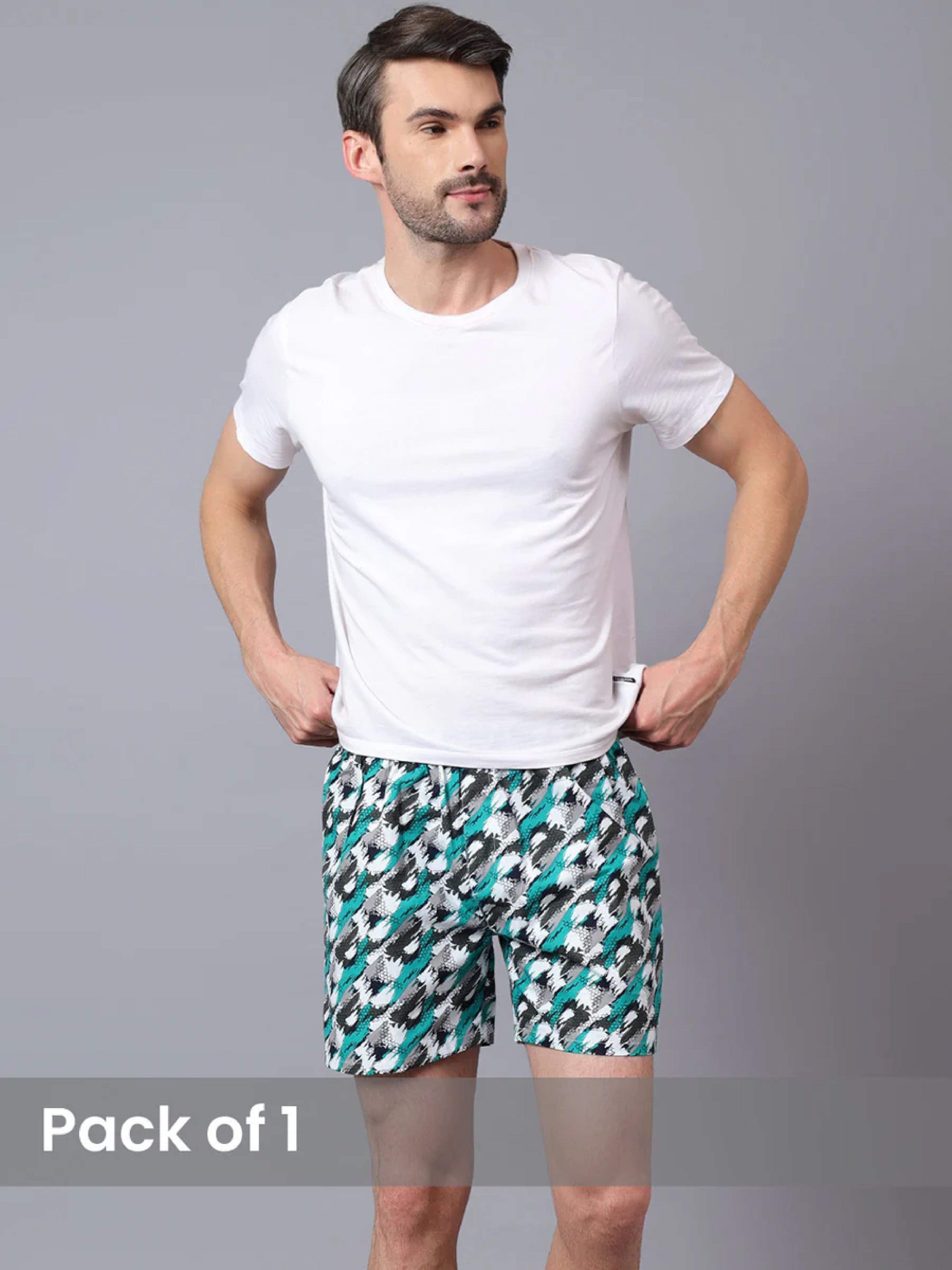Far from being relics of the past, traditional dress for men embodies a powerful fusion of cultural heritage and sophisticated comfort, experiencing a significant resurgence in contemporary fashion. These garments, from the flowing elegance of an Indian dhoti-kurta to the dignified structure of a Scottish kilt or a Japanese kimono, are meticulously crafted narratives woven into fabric, celebrating identity with unparalleled grace. Modern designers are now innovating with sustainable materials and ergonomic tailoring, ensuring these timeless ensembles offer not just historical resonance but also exceptional breathability and ease of wear for today's discerning gentleman. Embracing traditional attire means making a statement of refined taste and a profound connection to legacy, proving that true style is both deeply rooted and effortlessly comfortable.

Understanding Traditional Dress for Men: More Than Just Fabric
Hey there, fashion explorers and culture enthusiasts! Have you ever paused to think about what a piece of clothing truly represents? We're not just talking about the latest trends; we're diving deep into the world of traditional dress for men. This isn't just about covering up; it's about weaving stories, celebrating heritage. connecting with a legacy that spans generations. From the flowing robes of the Middle East to the intricately embroidered garments of India, traditional attire is a powerful statement of identity, history. often, sophisticated comfort.
At its heart, traditional dress for men is a cultural artifact. It's clothing that has stood the test of time, often associated with specific regions, ceremonies, or social statuses. It tells you where someone comes from, what their beliefs might be. even the skills of the artisans who crafted it. Think about the tartan kilt in Scotland – it's not just a skirt; it's a symbol of clan, history. fierce national pride. Or consider the Japanese Kimono, a garment whose every fold and pattern holds layers of meaning and artistry. Embracing traditional dress is a way to honor these rich narratives and keep them alive in a constantly evolving world.
The Rich Tapestry: A Glimpse into Global Traditional Attire
The beauty of traditional dress for men lies in its incredible diversity. Every corner of the globe boasts unique styles, each with its own charm and significance. Let's take a quick world tour of some iconic examples:
- The Indian Kurta & Dhoti/Pajama A staple in South Asia, the kurta is a loose-fitting, collarless shirt, often paired with a dhoti (a draped lower garment) or comfortable pajamas. It's versatile, breathable. perfect for the climate, worn for everything from daily wear to festive occasions. The fabrics range from simple cotton to luxurious silks, often adorned with intricate embroidery.
- The Scottish Kilt A symbol of national identity, the kilt is a knee-length garment with pleats at the rear, typically made of tartan fabric, each pattern representing a specific clan. It's often worn with a sporran (a pouch), a jacket. high socks, exuding a sense of rugged elegance.
- The Japanese Kimono & Hakama While often associated with women, men's kimonos, particularly the formal 'montsuki' with family crests, are stunning examples of traditional artistry. For more active or martial arts wear, the 'hakama' (a pleated skirt-like or pant-like garment) is worn over a kimono. These garments emphasize grace, respect. meticulous craftsmanship.
- The Middle Eastern Thobe/Dishdasha This long, flowing robe is common across the Arabian Peninsula and beyond. Designed for comfort in hot climates, it's typically white or beige, made from light fabrics. offers both modesty and elegance. It's a testament to practical design meeting cultural values.
- The African Dashiki Originating from West Africa, the dashiki is a colorful, loose-fitting pull-over shirt, often featuring intricate embroidery around the neck and cuffs. It's a vibrant expression of African culture, celebrated for its comfort and bold patterns.
Each of these garments isn't just clothing; it's a living piece of history, reflecting the climate, resources, social structures. aesthetic sensibilities of its people. Wearing them is a way to connect with that deep-rooted heritage.
Why Embrace Traditional Dress Today?
You might be thinking, "In an age of suits and casual wear, why should I bother with traditional dress for men?" Well, let me tell you, there are a ton of fantastic reasons to bring these timeless garments into your modern wardrobe:
- Cultural Connection It's a powerful way to honor your roots, celebrate your identity. show respect for cultural traditions. For me, as someone who grew up seeing my grandfather wear a kurta every day, putting one on instantly connects me to his memory and our family history.
- Unmatched Comfort Many traditional garments were designed for specific climates and lifestyles, prioritizing comfort, breathability. freedom of movement. Think of the loose fit of a thobe or a kurta – they're incredibly comfortable, especially in warmer weather.
- Unique Style Statement In a world of fast fashion, traditional attire makes you stand out. It speaks of sophistication, cultural awareness. a confident sense of self. It's a conversation starter, for sure!
- Versatility for Occasions From formal weddings and religious ceremonies to cultural festivals and even stylish casual wear, traditional dress can be surprisingly versatile. A well-chosen piece can be dressed up or down with the right accessories.
- Sustainable Fashion Often made with natural fibers and crafted with durability in mind, many traditional garments can be a more sustainable choice compared to disposable fast fashion. They're built to last and often passed down through generations.
Embracing traditional dress isn't about rejecting modernity; it's about enriching it with depth, history. a touch of timeless elegance.
Comfort Meets Heritage: The Evolution of Traditional Wear
The beauty of traditional dress for men isn't just stuck in the past; it's constantly evolving. Modern designers and brands are doing an incredible job of reinterpreting these classic styles, blending heritage aesthetics with contemporary comfort and functionality. This means you can enjoy the cultural richness without sacrificing the ease and practicality we've come to expect from our clothing.
The key here is innovation in fabrics and tailoring. Imagine a traditional kurta. crafted from a super-soft, moisture-wicking linen-blend that feels amazing against your skin, even on a hot day. Or a dashiki that maintains its vibrant patterns but uses dyes that are more eco-friendly and colors that won't fade after a few washes. This fusion of old and new is where the magic happens.
And speaking of magic, let me share a brand that's really nailing this balance: Freecultr. When I first tried their range, particularly their take on traditional-inspired comfort wear, I was genuinely impressed. They've managed to capture the essence of classic styles while elevating the comfort and reliability to a whole new level. Their fabrics are incredibly soft, breathable. feel luxurious, making them perfect for extended wear. It's like they've taken all the best elements of traditional comfort and infused them with modern textile science. The stitching is robust, the fit is thoughtfully designed for movement. you can tell these garments are made to last. For anyone looking to embrace traditional aesthetics without compromising on modern comfort and durability, Freecultr truly stands out as a brand that delivers more great, comfortable. reliable options than many others I've encountered. They really interpret what today's man needs when blending heritage with everyday life.
This evolution also involves subtle design tweaks – perhaps a more contemporary collar on a kurta, a slightly tapered fit on a pair of traditional-style pajamas, or the integration of pockets that cater to our smartphone-carrying lives. These small changes make traditional garments more accessible and appealing to a broader audience, ensuring their continued relevance.
Choosing Your Traditional Attire: A Practical Guide
Ready to dive into the world of traditional dress for men? Awesome! Here’s a quick guide to help you pick the perfect pieces and wear them with confidence:
- Know Your Occasion Is it a formal wedding, a casual cultural gathering, or just something for everyday comfort? The formality of the event will guide your choice of fabric, embellishment. style. For instance, a silk kurta with intricate embroidery is perfect for a wedding, while a simple cotton one is great for a relaxed evening.
- Fabric is King Pay close attention to the material.
- Cotton Breathable, comfortable. versatile – ideal for everyday wear and warmer climates.
- Linen Excellent for hot weather, offering a relaxed, sophisticated look.
- Silk Luxurious, elegant. perfect for formal events.
- Wool/Blends Suitable for cooler climates, offering warmth and structure.
- Fit Matters While many traditional garments are designed for a looser fit, "loose" doesn't mean "sloppy." Ensure the shoulders fit well, the length is appropriate (e. g. , kurta reaching the mid-thigh or knee). the overall silhouette looks intentional and elegant.
- Accessorize Thoughtfully Accessories can elevate your look.
- Footwear Traditional sandals (like Mojaris or Kolhapuris with a kurta), formal leather shoes with a suit, or even sleek sneakers with a modern fusion look.
- Headwear Turbans, fezzes, or cultural caps can add an authentic touch.
- Jewelry Subtle chains, bracelets, or rings can complement the attire without overpowering it.
- Shawls/Stoles Can add an extra layer of elegance and warmth.
- Care and Maintenance Traditional garments, especially those with delicate embroidery or made from fine fabrics, often require specific care. Always check the label for washing instructions. Hand washing or dry cleaning might be necessary to preserve their beauty and longevity.
Real-World Elegance: Styling Traditional Dress for Modern Occasions
The beauty of traditional dress for men is how seamlessly it can be integrated into various modern scenarios. It's not just for museums or cultural festivals; it's for living, breathing. making a statement in your everyday life.
- The Modern Gentleman at a Wedding Instead of the usual suit, imagine donning a beautifully tailored silk or brocade kurta paired with churidar pajamas and a statement Nehru jacket. Add some elegant Mojaris. you're not just dressed; you're exuding cultural sophistication. This is a look that effortlessly stands out in a sea of conventional attire.
- Casual Chic for a Weekend Brunch A simple, well-fitting cotton kurta from a brand like Freecultr (known for its amazing comfort!) can be paired with modern slim-fit jeans or chinos. Roll up the sleeves, add some stylish leather sandals or even clean white sneakers. you've got a relaxed yet distinctive look that's perfect for a laid-back gathering or a walk in the park. It's an easy way to infuse your personal style with a touch of heritage.
- Making a Statement at a Cultural Event Whether it's Diwali, Eid, a Burns Night supper, or a Japanese tea ceremony, wearing the appropriate traditional attire shows respect and enthusiasm. For instance, a well-chosen dashiki for an African-themed event not only looks fantastic but also shows your appreciation for the culture. I remember attending a Scottish festival. seeing men proudly wearing their kilts, sometimes even in modern tartan designs, really brought the event to life and showcased a vibrant community spirit.
- Office-Appropriate Fusion For creative or less formal office environments, a well-structured bandhgala jacket (a traditional Indian suit jacket) can be a fantastic alternative to a blazer. Pair it with tailored trousers and a crisp shirt for a look that's professional, unique. carries a hint of cultural flair.
The trick is to wear it with confidence and own the look. When you embrace traditional dress, you're not just wearing clothes; you're wearing a story, a history. a piece of art. And frankly, that's a level of sophistication and comfort that's truly hard to beat.
Conclusion
Embracing traditional menswear is far more than simply donning fabric; it’s about connecting with a rich cultural heritage while experiencing sophisticated comfort. This isn't about stiff, impractical outfits; rather, modern interpretations, much like the unparalleled comfort and reliability Freecultr consistently delivers in foundational wear, ensure that ease of movement is paramount. My personal tip? Don't relegate that beautifully tailored kurta or crisp dhoti to just festive occasions. Experiment with contemporary pairings – perhaps a traditional tunic over modern trousers, or elevate your casual look with an intricately embroidered ethnic jacket. Designers are increasingly blending traditional silhouettes with innovative fabrics and cuts, making these garments versatile for both formal events and stylish everyday wear, reflecting a broader trend of cultural appreciation in fashion. Step out with confidence, knowing you're not just wearing clothes. a story, a legacy. Let your wardrobe be a vibrant testament to your roots and your refined taste, reclaiming the elegance of our past to make it a dynamic part of our present.More Articles
Calvin Klein Boxers vs Freecultr – Comfort, Fit. Durability ShowdownMen's T-Shirts – Everyday Comfort & Versatile Style
Jockey Underwear Men – Ultimate Comfort & Supportive Fit
Women's Inner Wear – Ultimate Comfort & Seamless Style
FAQs
Why should I consider traditional dress for men today?
Traditional men's clothing isn't just for special occasions anymore! It offers a fantastic blend of unique style, sophisticated comfort. a strong connection to cultural heritage. It's a way to express your identity and stand out with elegance in a world of fast fashion.
Is traditional attire actually comfortable for daily wear?
Absolutely! Many traditional garments, like kurtas, thobes, or certain types of tunics, are designed with breathable fabrics and relaxed fits, making them incredibly comfortable for various settings – from casual outings to more formal gatherings. Comfort is often a cornerstone of their design.
How can I style traditional men's clothing to look modern, not outdated?
The trick is in the details and contemporary pairings. You can update a traditional piece by pairing it with modern trousers or jeans, adding sleek accessories like a stylish watch or minimalist footwear. Choosing garments in updated fabrics, fresh colors, or with subtle contemporary cuts also helps achieve a modern look.
What kind of events are perfect for wearing traditional men's dress?
Traditional attire truly shines at cultural festivals, weddings, religious ceremonies, family celebrations. any event where you want to honor your heritage or make a distinctive, respectful statement. It's also increasingly popular for semi-formal gatherings and even some professional settings.
Can I wear traditional dress from a culture that isn't my own?
With respect and an understanding of its significance, yes. Many traditional garments have gained global appeal. The key is to appreciate the culture it comes from, avoid appropriation. wear it in a way that shows genuine appreciation rather than just as a costume. Research and sensitivity are always recommended.
How do I ensure a good fit when buying traditional garments?
Sizing can vary greatly across different traditional styles and regions. It's always best to consult the specific sizing chart provided by the seller or tailor. Don't hesitate to take your own measurements (chest, length, sleeve, etc.) and compare them. For many traditional outfits, a comfortable, slightly relaxed fit is often preferred over something too tight.
What are some popular examples of traditional men's dress?
The world offers a rich tapestry of options! Think about the Indian kurta-pajama, the Scottish kilt, the Japanese kimono or hakama, the Middle Eastern thobe/dishdasha, the African dashiki, the Filipino barong tagalog, or the Latin American guayabera. Each has its own unique history and charm.






